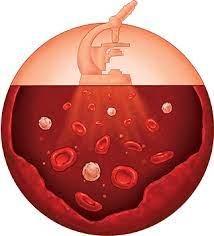Jennifer Couzin-Frankel in Science:
 They span three continents, but a trio of researchers who’ve never met share a singular focus made vital by the still-raging pandemic: deciphering the causes of Long Covid and figuring out how to treat it.
They span three continents, but a trio of researchers who’ve never met share a singular focus made vital by the still-raging pandemic: deciphering the causes of Long Covid and figuring out how to treat it.
Almost 2 years ago in Italy, pediatric infectious disease doctor Danilo Buonsenso, who works at Gemelli University Hospital, started to see children who, months after mild infections with SARS-CoV-2, were still short of breath and had crushing fatigue and other symptoms. He now suspects that, in some of them, the cells and tissues that control blood flow are damaged and the blood’s tendency to clot is amplified. Minute blood clots, leftover from the viral assault or fueled by its aftermath, might be gumming up the body’s circulation, to disastrous effect from the brain to joints. “In some patients we have specific areas where no blood flow comes in” or the flow is reduced, Buonsenso says. Is that driving their lingering symptoms? “I can’t say this is the truth, of course. But this makes sense.”
Meanwhile, in the United States, microbiologist Amy Proal can’t stop thinking about a second leading Long Covid theory: that the coronavirus keeps hurting people by stubbornly enduring in the body, even after acute infection passes. Studies have shown “the virus is capable of persistence in a wide range of body sites,” especially nerves and other tissues, says Proal, who works at the PolyBio Research Foundation, a nonprofit in Washington state. She recently caught COVID-19 for the third time.
More here.
